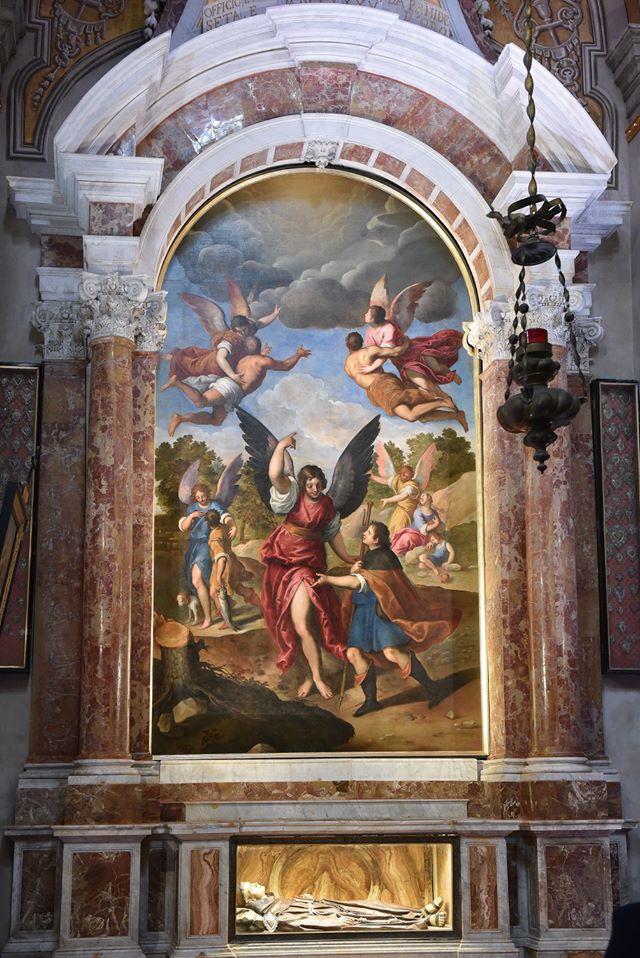Chapel of the Silk Weavers at the Jesuits
The Church of Santa Maria Assunta, known as I Gesuiti (The Jesuits), is located in the sestiere of Cannaregio, in Campo dei Gesuiti, not far from Fondamente Nove. Its history is linked to that of the Jesuit Order in Venice, with as its protagonist the founder of the Order, Ignatius of Loyola, who arrived here in 1535, was ordained a priest and gave impetus to a vast apostolate in all corners of the world. After the expulsion of the Jesuits from Venice in 1606, following disagreements between Pope Paul V and the “Serenissima” Republic, they were readmitted fifty years later and obtained permission from the city to purchase the entire building complex of the now suppressed hospitaller order of the Crucifers, comprising a church, a hospital and a convent. Considering the old church to be of inadequate size, the Jesuits pulled it down and built the new one - consecrated in 1728 - thanks to the funds put at disposal by the Friulian Manin family, patricians of Venice since 1651.

This is a very fine Baroque building, the work of the architect Domenico Rossi from Morcote, who also designed the Ca' Cornèr della Regina and the façade of the Church of San Stae, both on the Grand Canal, while the sumptuous interior was the work of the highly skilled stucco decorators Carpoforo Mazzetti Tencalla from Bissone and Abbondio Stazio from Massagno. This significant involvement of Ticino artists in the construction of the church was one of the main reasons our Foundation set itself the task of carrying out the overall restoration of the Chapel, now called "dei tessitori di seta" (of the silk weavers), originally assigned to the Schola dei testori dei pani Seda or samiteri (weavers of precious decorative fabrics made of silk and gold threads). The chapel houses the large altarpiece by Palma il Giovane "Guardian Angel and Angels transporting souls to heaven", otherwise known as "Three Episodes of the Archangel Raphael and angels transporting souls to heaven" (1619).
It is the first of the three chapels lined up along the right wall of the building, on entering the single, vast nave. Given the precarious state of conservation of the building, the first work phase was dedicated to an in-depth investigation to determine the causes of the deterioration of the “marmorino” surfaces, the decorated vault, the floors, the marble and the structure supporting the altar. Having established the causes of the damage, in particular due to rising damp, it was possible to proceed with concrete restoration work.
The second work phase was dedicated to the restoration of the altarpiece, which was removed and transported to the Misericordia workshops, due to the impossibility of carrying out the complex operations required inside the church and the essential need to check the condition and subsequent restoration of the wooden frame on which the large canvas was stretched. The poor state of conservation of the painting necessitated a thorough restoration of the entire paint layer, so that – after being returned to its original position - it now appears in all its splendour of colours and refined tones, in open dialogue with Titian's admirable altarpiece depicting the Martyrdom of Saint Lawrence, located in the chapel opposite.
The fully restored work was handed back to Venice by the Swiss Foundation on 11 April 2018.
Restoration of the Chapel of the Silk Weawers in the church of the Jesuits
https://www.Swissinfo.Ch/ita/restauri_venezia-si-rifà-bella-anche-grazie-alla-svizzera/44037480
